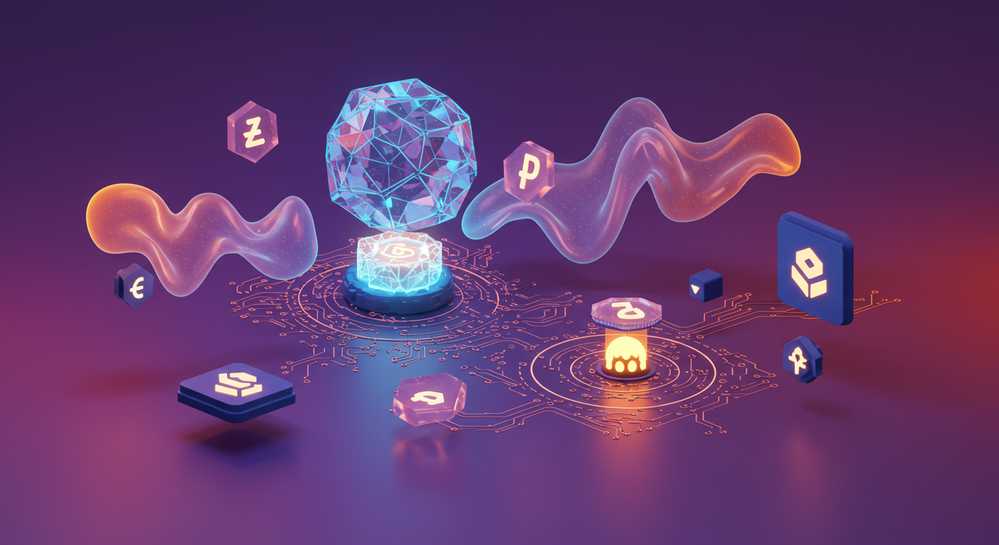
How to Write Smart Contracts on Solana Effectively
Solana stands out as a high-performance blockchain, offering unparalleled speed and low transaction costs, making it an ideal platform for developing scalable decentralized applications. For developers looking to tap into this ecosystem, understanding how to write smart contracts on Solana is a critical skill. This comprehensive guide will walk you through the essential steps, from setting up your development environment to deploying and interacting with your first Solana program, equipping you with the knowledge to build robust and efficient blockchain solutions.
Contents
Setting Up Your Solana Smart Contract Development Environment

Setting up an efficient environment is crucial for Solana smart contract development. Solana employs a unique Program model, separating logic from data, unlike Ethereum’s single-address contracts. This distinction shapes how you design decentralized applications. Mastering these foundational tools is key to effectively learning how to write smart contracts on Solana.
Installing Rust and Cargo
Rust is Solana’s primary language, valued for its performance, memory safety, and concurrency. Use `rustup` to install Rust and its package manager, Cargo. Cargo efficiently manages project dependencies and builds your Solana programs, streamlining compilation.
Configuring the Solana CLI
The Solana Command Line Interface (CLI) is vital for blockchain interaction. It enables key management, program deployment, and switching between Devnet, Testnet, or Mainnet-beta clusters. Correct CLI configuration ensures smooth development and testing.
Leveraging the Anchor Framework
The Anchor framework is highly recommended for Solana development. It offers a secure abstraction layer, simplifying how to write smart contracts on Solana. Anchor reduces boilerplate, automates IDL generation, and provides robust testing, accelerating development and enhancing program security.
Understanding Solana Program Structure and Account Model
Solana’s unique account model is fundamental for effective smart contract development. Programs, often called smart contracts, are inherently stateless on Solana. All data, including program state, resides in separate accounts, each explicitly owned by a specific program ID. This crucial separation of concerns significantly boosts scalability and overall network performance, a key aspect when learning how to write smart contracts on Solana.
Understanding data storage and management across these accounts is vital for secure and efficient development. Every account, essentially a piece of data storage, has an owner, typically a program. When a program executes an instruction, it receives a precise list of accounts it can read from or write to, ensuring controlled access.
Program Derived Addresses (PDAs)
Program Derived Addresses (PDAs) represent a powerful Solana innovation. Unlike standard wallet addresses, PDAs are not generated from private keys. Instead, they are cryptographically derived from a program ID and a set of unique seeds. PDAs empower programs to sign transactions on behalf of accounts they own. This capability enables sophisticated ownership structures, custom data storage, and direct management of token vaults by the program itself, eliminating the need for private keys in program-controlled accounts. This mechanism is central to building robust decentralized applications.
Writing Your First Solana Smart Contract with Anchor

With your development environment prepared and a solid grasp of Solana’s unique architecture, the next step is implementing your first smart contract using the Anchor framework. Anchor significantly streamlines the entire development process. It abstracts away much boilerplate code, providing a robust framework for effectively learning how to write smart contracts on Solana.
Defining Your Program State
Begin by defining the data structures, typically Rust structs, that represent your program’s state. These structs are stored within specific accounts owned by your program. Anchor facilitates clear definition, often leveraging attributes to specify account constraints. This ensures proper serialization during data storage and retrieval, crucial for data integrity.
Implementing Program Logic
Next, implement the instruction functions. These serve as the primary entry points to your smart contract, called by client applications to execute specific actions. Each function takes a context, defining necessary accounts, and instruction-specific arguments. Anchor handles critical aspects like account validation and data serialization, making your program more secure and easier to write.
Local Testing and Development
Anchor also provides a superb integrated testing framework. You can write comprehensive unit and integration tests directly in Rust, simulating realistic blockchain interactions. This iterative testing process is fundamental for identifying and resolving potential vulnerabilities or bugs early in the development cycle, long before deployment to a public network.
Deploying and Interacting With Solana Smart Contracts

After thoroughly testing your Solana smart contract, the final stage involves deploying it to a Solana network and enabling client-side interaction. Deploying your program makes its logic and functionality available on the blockchain for global access. This crucial step solidifies your understanding of how to write smart contracts on Solana.
Deploying to Devnet or Mainnet
The deployment process compiles your Anchor program into an ELF binary. Then, use the Solana CLI or Anchor CLI to push this binary to your chosen network. Options include Devnet for testing or Mainnet for live applications. This registers your program’s unique ID, making it discoverable and callable by client applications.
Client-Side Interaction
Client applications, often in TypeScript or JavaScript, interact with deployed Solana programs by dispatching transactions. These transactions call specific instruction functions within your program. The Solana Web3.js library is fundamental, empowering clients to:
- Establish connections to the Solana network.
- Fetch program and account data efficiently.
- Build and cryptographically sign transactions.
- Send transactions to the Solana cluster for processing.
This robust client-side logic is essential for intuitive user interfaces integrating with your decentralized backend.
Mastering how to write smart contracts on Solana opens up a world of possibilities in decentralized application development. By understanding Solana’s unique architecture, leveraging the power of Anchor, and diligently practicing deployment and interaction, you are well-equipped to build innovative and high-performance solutions. The journey into Solana development is both challenging and rewarding, laying the groundwork for a new generation of blockchain applications. Begin your exploration and transform your ideas into reality. For advanced trading strategies on Solana, explore Ton Trading Bot.



